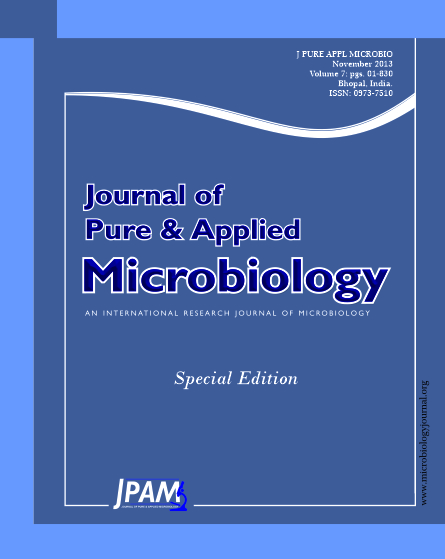Under optimized pulsed electric field (PEF) treatment for production of antlers calcium citrate malate (ACCM) and antlers collagen polypeptide (ACP) by one-factor test and response surface methodology (RSM) were studied. The yield of dissoluble calcium (YDC) and protein degree of hydrolysis (DH) were used as characteristic indexes, the tests were carried out using different factors, which is as follows: the molar ratio of citric acid to malic acid (2:1-1:2), mixed acid content (0.1-1.0 mol/L), E/S (1-6 %), electric field intensity (5-30 kV/cm) and pulse number (2-12) were studied. Subsequently mixed acid content, electric field intensity and pulse number were optimized by RSM for DH. The results indicated that the optimum conditions were E/S 4.0%, acid concentration 0.586 mol/L, electric field intensity 19 kV/cm, pulse number 8, the DH of 19.3±0.34 % and the YDC of 26±0.45 % were obtained. In the present study, it is feasible to utilization of antler residue in a novel nutraceutical material with a high solubility for calcium and an easy absorption for collagen peptide to people who acalcerosis.
Pulsed electric filed, Velvet antler residue, yield of dissoluble calcium, degree of hydrolysis, response surface methodology
© The Author(s) 2013. Open Access. This article is distributed under the terms of the Creative Commons Attribution 4.0 International License which permits unrestricted use, sharing, distribution, and reproduction in any medium, provided you give appropriate credit to the original author(s) and the source, provide a link to the Creative Commons license, and indicate if changes were made.


